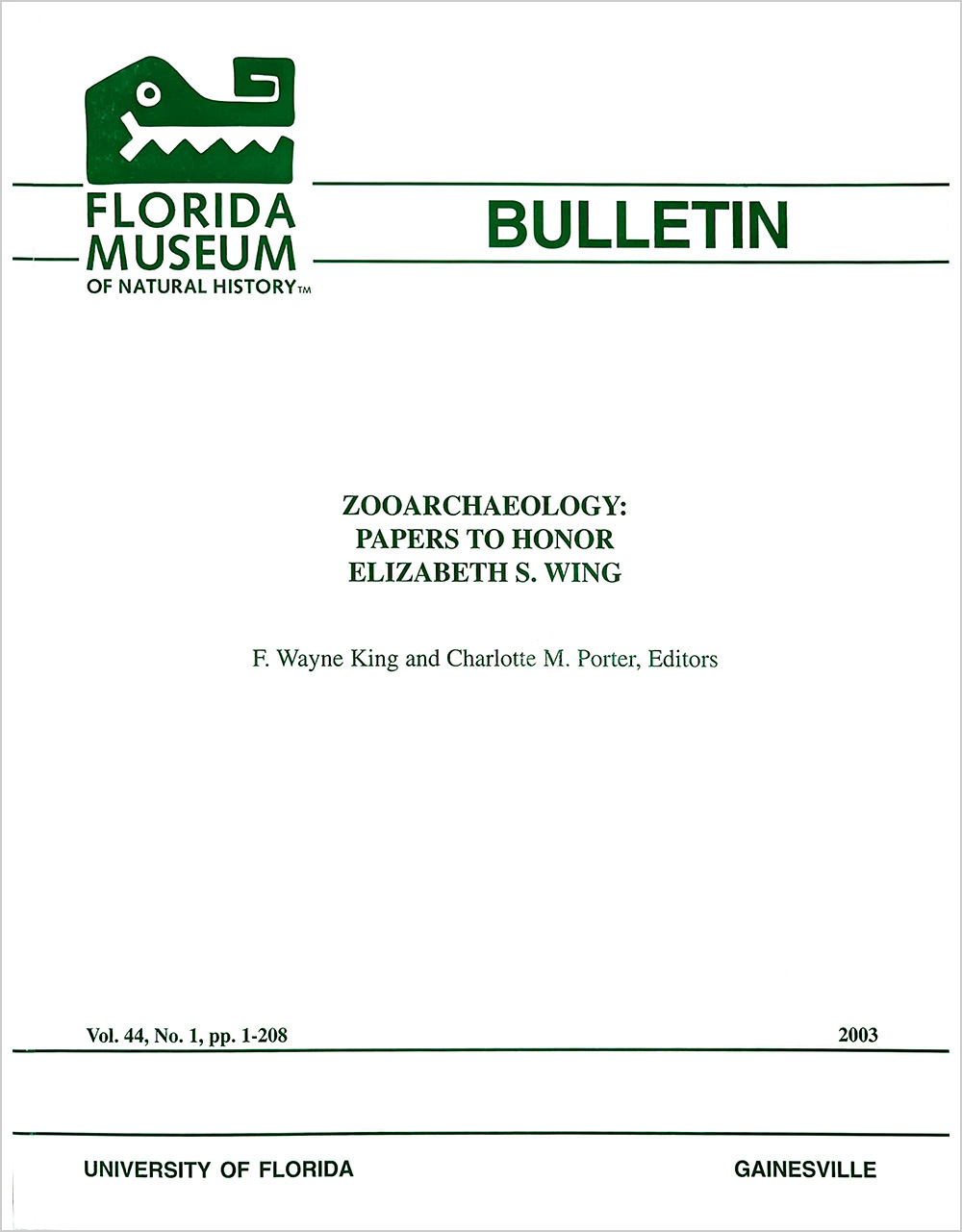An Illustrated Guide to Trunk Vertebrae of Cottonmouth (Agkistrodon piscivorus) and Diamondback Rattlesnake (Crotalus adamanteus) in Florida
DOI:
https://doi.org/10.58782/flmnh.sdil5954Keywords:
Agkistrodon piscivorus, Crotalus adamanteus, Florida snakes, vertebrae, viperidAbstract
The cottonmouth, Or water moccasin (Agkistrodon piscivorus), and the diamondback rattlesnake (Crotalus adamanteus) are distributed throughout Florida and their skeletal remains, usually vertebrae, are often present in zooarchaeological assemblages. Although the two viperid snakes exhibit different habitat preferences—one a semi-aquatic snake, the other terrestrial-their vertebrae are very similar. This illustrated guide helps to distinguish between the vertebrae of the two taxa. A strategy of limiting species identifications to the middle trunk series of mature adults and employing multiple characteristics is recommended to overcome the intracolumnar and individual variability that occurs in the vertebrae of these snakes.

